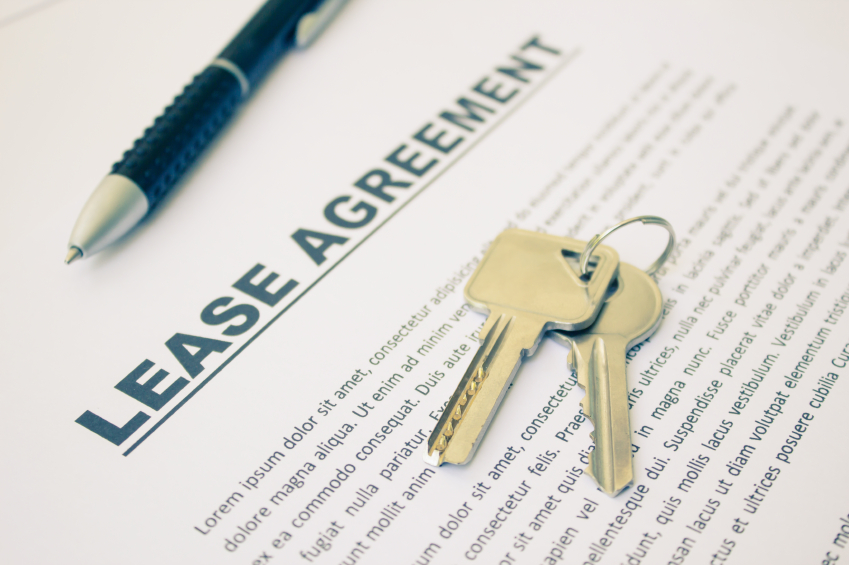Multifamily Blogs
How Does Your Lease Renewal Process Compare?
How Does Your Lease Renewal Process Compare?
A couple of weeks ago, I had the honor of presenting Multi-family Insider’s bi-monthly “Webinar Wednesday.” The topic of my presentation was “Be a Renewal Ninja: Lessons from 15 Years of Renewal Pricing and Process.” As part of the webinar, I had three polls for participants. While not exactly scientific, there were close to 200 attendees, so I think the results are interesting.
Poll #1: Some people renew and some leave no matter what. Excluding those leaves how many residents are truly “in play”?
- 1% responded 0-10%
- 15% responded 10-25%
- 54% responded 25-40%
- 31% responded 40-60%
I’m not surprise that very few thought that less than 10% were in play. The majority of people were on target—research I’ve seen from Satisfacts and analysis I personally was involved in with a former client show that typically about 30-35% of residents will renew no matter what, 30-35% will leave no matter what and 30-35% are actually in play. This may vary by property, but overall it holds reasonably well against a portfolio of communities.
This is actually one of the challenges with finding the right investment in renewing. No matter what you do, it will fall on deaf ears for about a third of your residents, and you’ll be wasting your efforts/money on the third that would have renewed had you done nothing. I’m not saying this means we shouldn’t invest in retention, but I am saying we should be very purposeful in deciding which investments are really worth it.
That same research also showed that the highest factor correlated with non-renewals was unresolved service requests. Often the community’s PMS showed the issue as closed but through poor communication or lack of follow up, the community was unaware the resident did not consider the request closed. So I’m a huge fan of investments in the blocking and tackling—good maintenance, survey follow up, etc.—rather than trying to be overly clever come renewal time. Listen to residents, respond to their requests and be honest about how you’re pricing their renewal, and I believe you’ll get good results.
Poll #2: We typically cap our renewals at an increase no greater than?
- 23% responded 0-4%
- 30% responded 5-8%
- 11% responded 8-12%
- 36% responded no cap
36% of the attendees are my hero! Based on detailed research of actual renewals rates across hundreds of communities in multiple months, I have found that caps rarely make sense. Based on these simulations, the fact is that caps only have a positive ROI about 5% of the time.
Furthermore, the same research showed that the rate of people renewing doesn’t change materially until increases are at least 10-12%. So any cap below 10% really doesn’t make a lot of sense. I recently put this advice to work with a client who ha caps in the 3-4% range on almost all their communities. We raised the cap to 8%. The results: no change at all in the percentage of people renewing and north of 100bps increase in average renewal rate. I believe in being fair with renewal offers—just not in corporate charity with residents.
Poll #3: We typically send renewals out?
- 75% responded monthly
- 14% responded bi-monthly
- 7% responded weekly
- 4% responded daily
The only surprise here is that a few attendees send renewals daily or weekly. The vast majority does so monthly—mostly I believe because it takes extra effort with their PMS to send them out more frequently. The challenge is that renewal offers are essentially a “put option”—it confers upon the resident the right to renew at that price even if rents go up before they decide. If rents go down, they can try to negotiate with us, but we can never raise the offer just because rents have gone up. Therefore, the shorter the time between offer and current lease expiration, the more fair the offer is for us.
With modern software capabilities, I would love to see all the PMS make it easy for renewal offers to come daily—in fact, instead of managers having to start a renewal process, wouldn’t it be nice if the PMS alerted managers each morning that there are one or more offers that should be made and sent that day? I think that would be the optimal flow.
![]()


